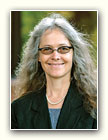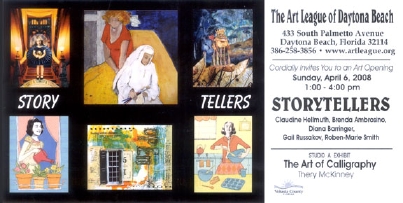
Apparently no one told her the story of what to expect.
Within the academic (and applied) literature is a concept called “Realistic Job Previews (RJPs),” which Wikipedia describes as
devices used in early stages of personnel selection to provide potential applicants with information on both positive and negative aspects of the job. The employee exchange or psychological contract between employer and employee is at the heart of the RJP concept. With an RJP, the employee enters into the contract with their eyes open, aware of what the organization will provide to them (pay, hours, schedule flexibility, culture, etc.) and also with their eyes open to what will be expected from them (late hours, stress, customer interaction, high urgency, degree of physical risk, etc.).
The idea is to reduce turnover by being totally upfront with candidates so they know what they’re getting into. I’ve written before here about employers who make videos available to show what it’s like to work for their organizations, but I suspect those are presented with a rather positive spin.
But in his blog, Build a Better Box, Steve Lovelace writes about a video version of the Realistic Job Preview:
One of our large corporate clients … work[ed] with us to create a recent groundbreaking communications piece. Part “Scared Straight”, part “What to Expect When You’re Expecting”, and part positive-spin marketing, the video demonstrated some typical on-the-job scenarios, depicted through a combination of realistic re-enactments and actual employee dialog through engaging interviews. The logic behind this bold tactic was that potential new employees would get a sneak preview of things to come before they accepted the position. The employer would realize tremendous savings in quarterly training and development, and potential employees would avoid being engaged in a job with which they’d not be comfortable. It’s a win-win, and good karma would abound.
I agree. While any kind of video storytelling from employers that gives a flavor of organizational life is positive, those that tell the real story are the most valuable.
Interestingly, Eric Kramer has just reported in Kennedy Information’s Recruiting Trends that a survey by the Novations Group finds 33 percent of surveyed companies lost 25 percent of their new employees in 12 months, and 11 percent of those surveyed lost 50 percent of their new employees in the first 12 months. The number one reason, say 48 percent of respondents is unrealistic expectations of the job.









